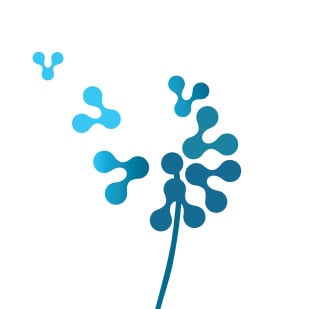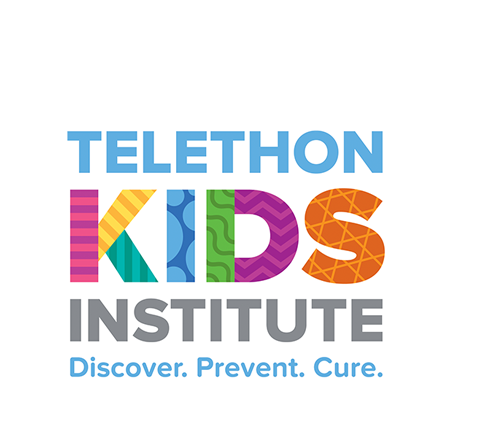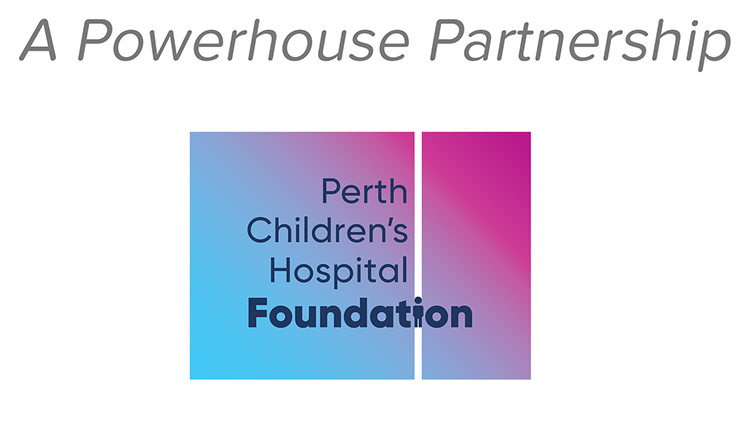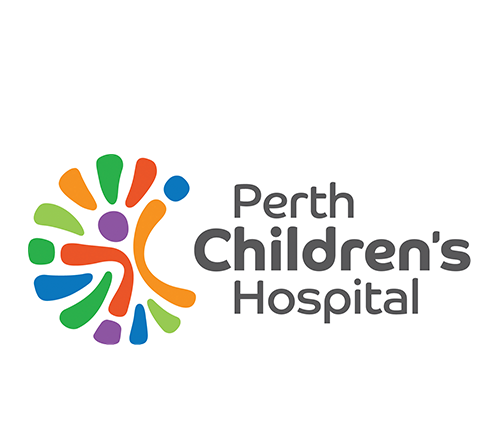The role of geographical location and climate on recurrent Pseudomonas infection in young children with Cystic Fibrosis
Abstract
Objectives: To determine the association between residence and climate with risk of Pseudomonas aeruginosa (Pa) and other respiratory outcomes.
Methods: We performed regular bronchoalveolar lavage and upper airway cultures in young children with CF to identify Pa infection. Children were classified for residence as regional or metropolitan. Bronchiectasis was detected on periodic chest computed tomography scans. Multilocus sequence typing determined Pa genotype. Lung function was assessed using Multiple BreathWashout.
Results: Of infants diagnosed with CF between 2006 and 2017, 129 were included in the study. Seven patients moved between metropolitan and regional Victoria and were excluded fromanalysis. Of the remaining 122 subjects, seventy-four (61%) children resided in metropolitan areas and over half (54%)were male. Therewere 83 Pa
episodes in the 122 children who lived consistently in a geographical location. The incidence rate was 0.15 episodes per person-years. We foundweak evidence of a 15% increase in the rate of Pa episodes with increasing average annual maximum temperature (95%CI (0.98, 1.36); p = .086), while the rate of Pa acquision decreased
with average annual 3 pm humidity (IRR = 0.96; 95%CI(0.92, 1.0008); p = .054). The rate of Pa episodes was 2.1 times higher in regional participants (95%CI (1.4, 3.1); p = .001) and risk of second episode was more than five times greater (HR 5.7; 95%CI 1.9, 17); p = .002). No difference between regions in lung clearance index and presence of bronchiectasis was detected.
Conclusion: Regional residence is associated with risk of acquiring recurrent infection with Pseudomonas aeruginosa in young children with CF.
Authors: Ranjana Warrier, Billy Skoric, Suzanna Vidmar, Rosemary Carzino, Sarath Ranganathan.
Published in the Journal of Cystic Fibrosis in April 2019.
Discover. Prevent. Cure.



